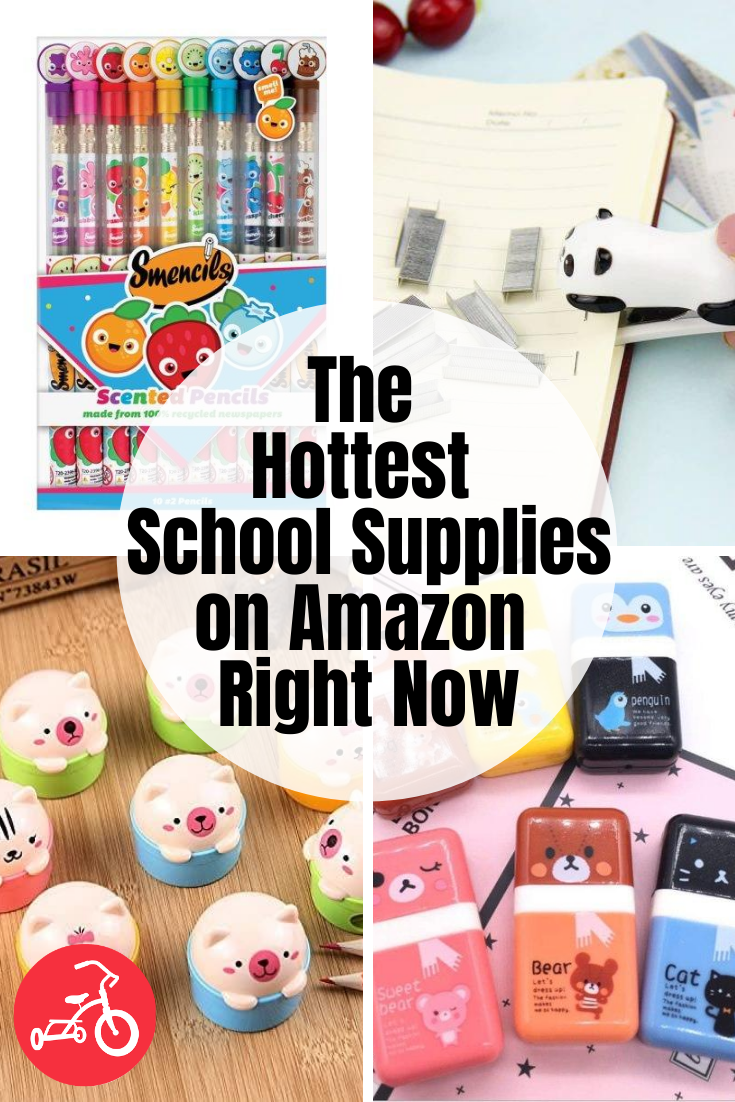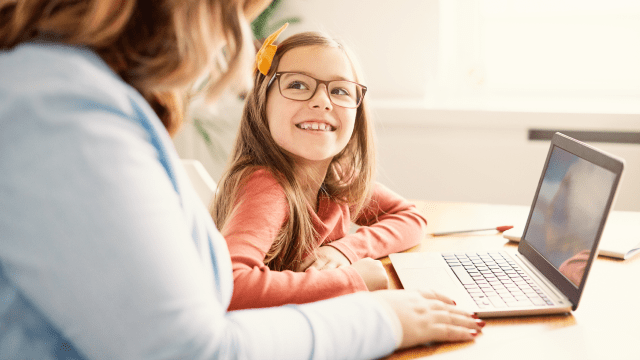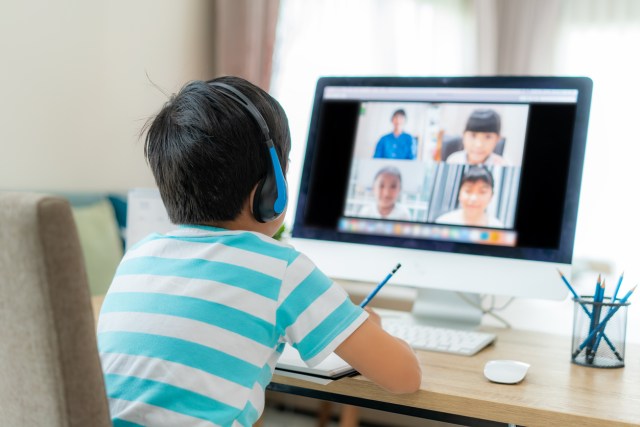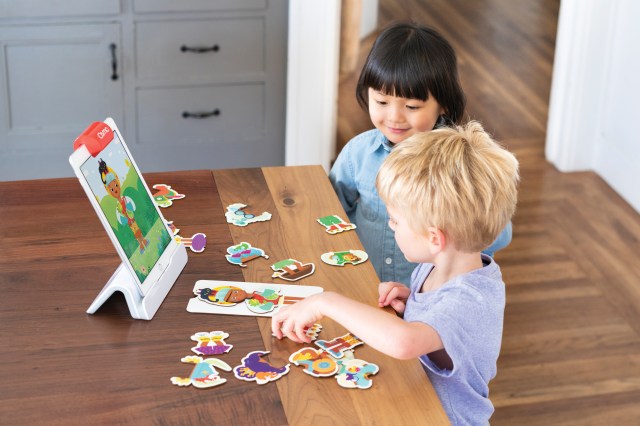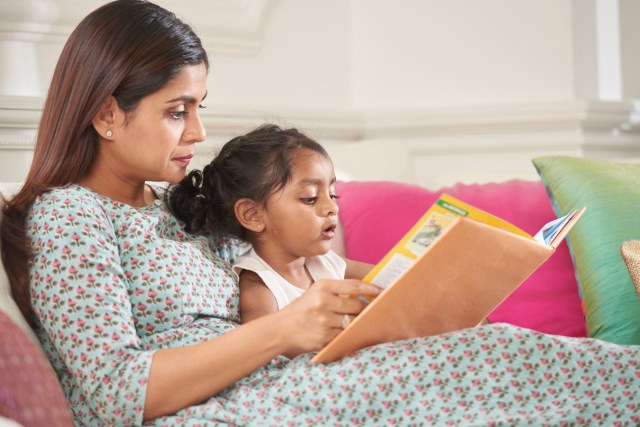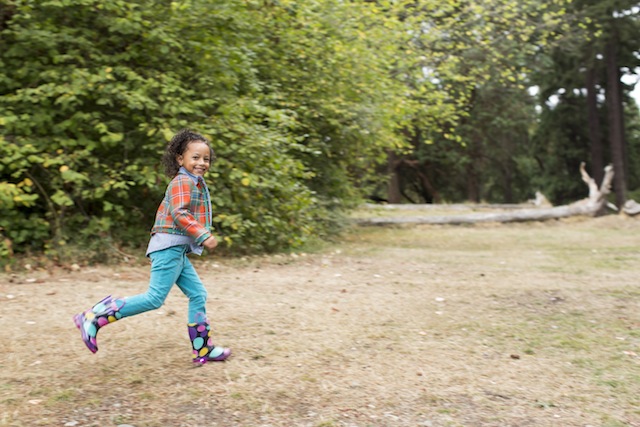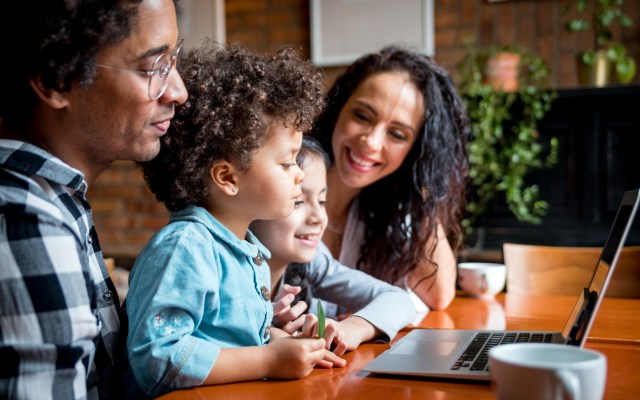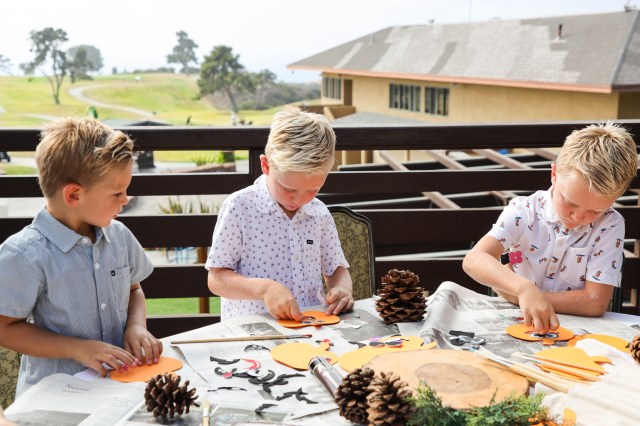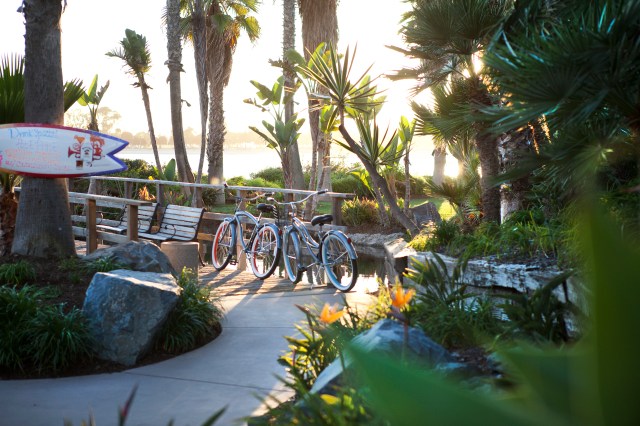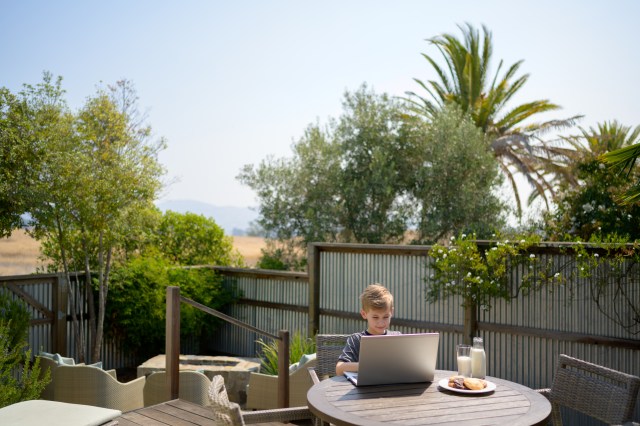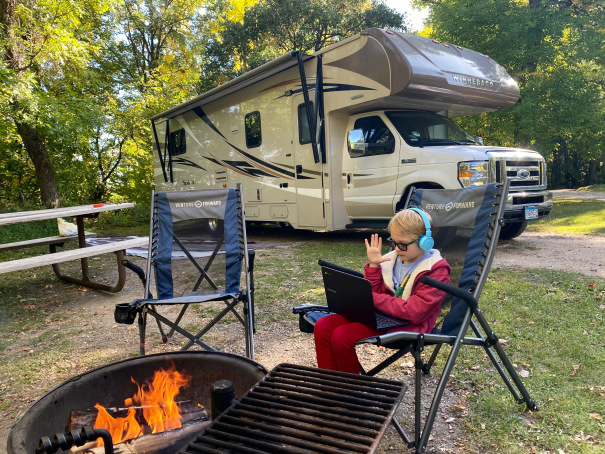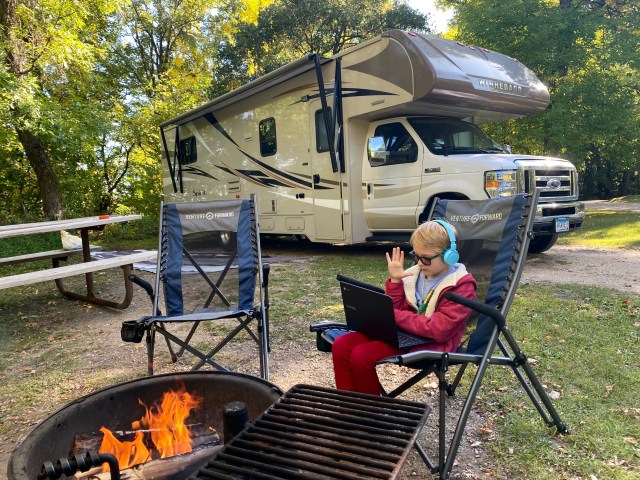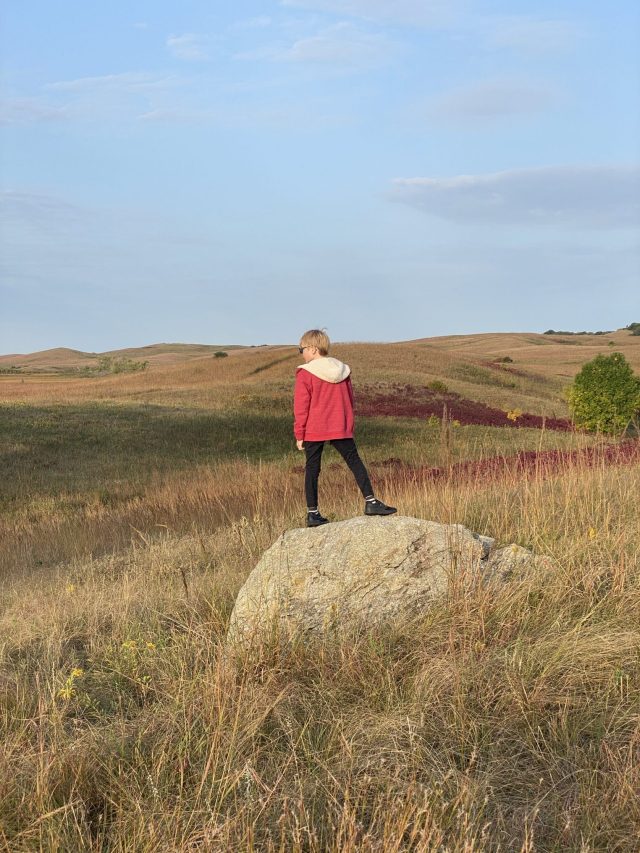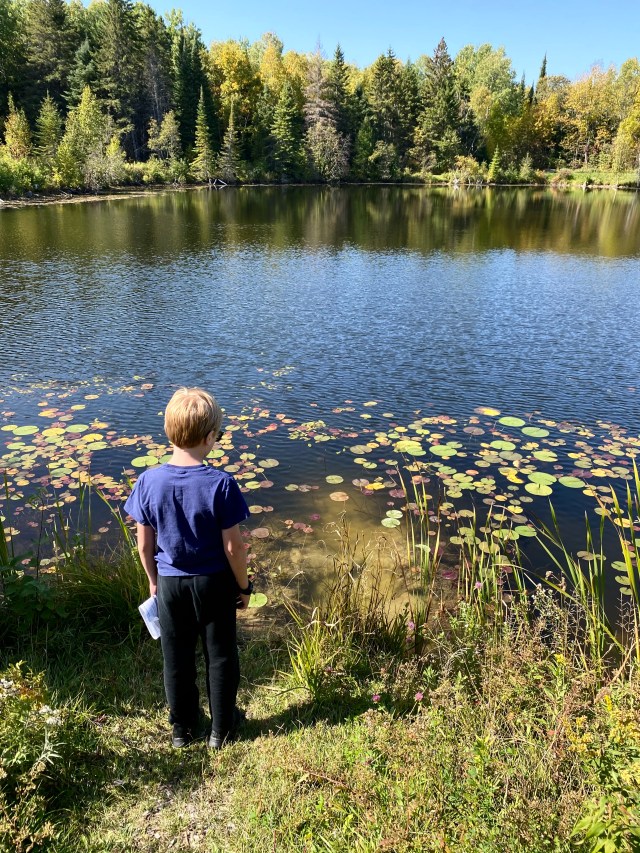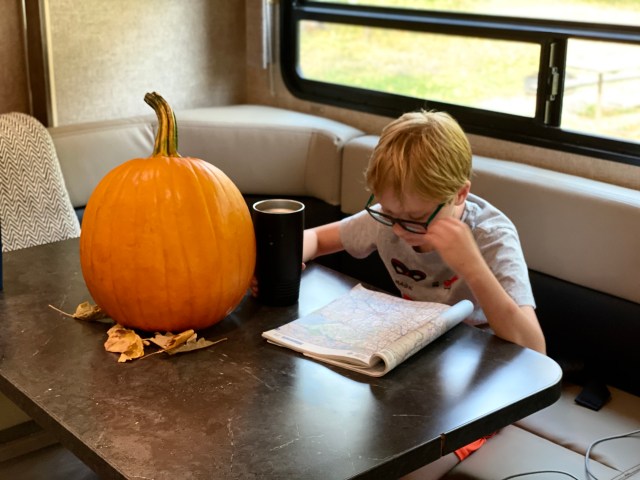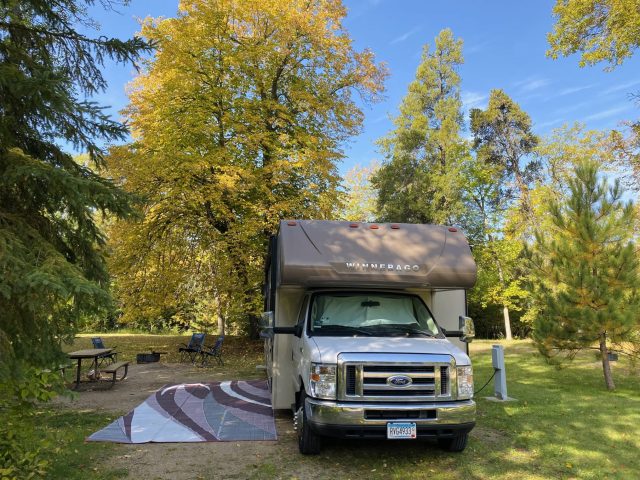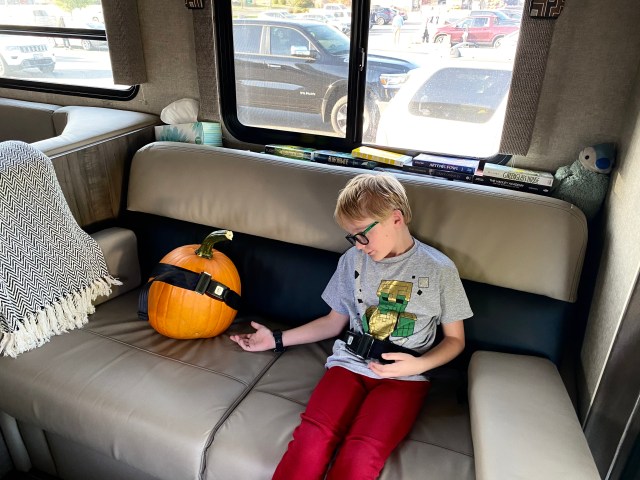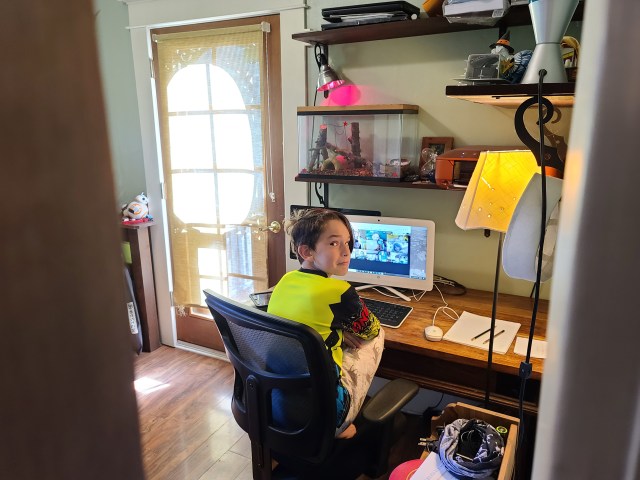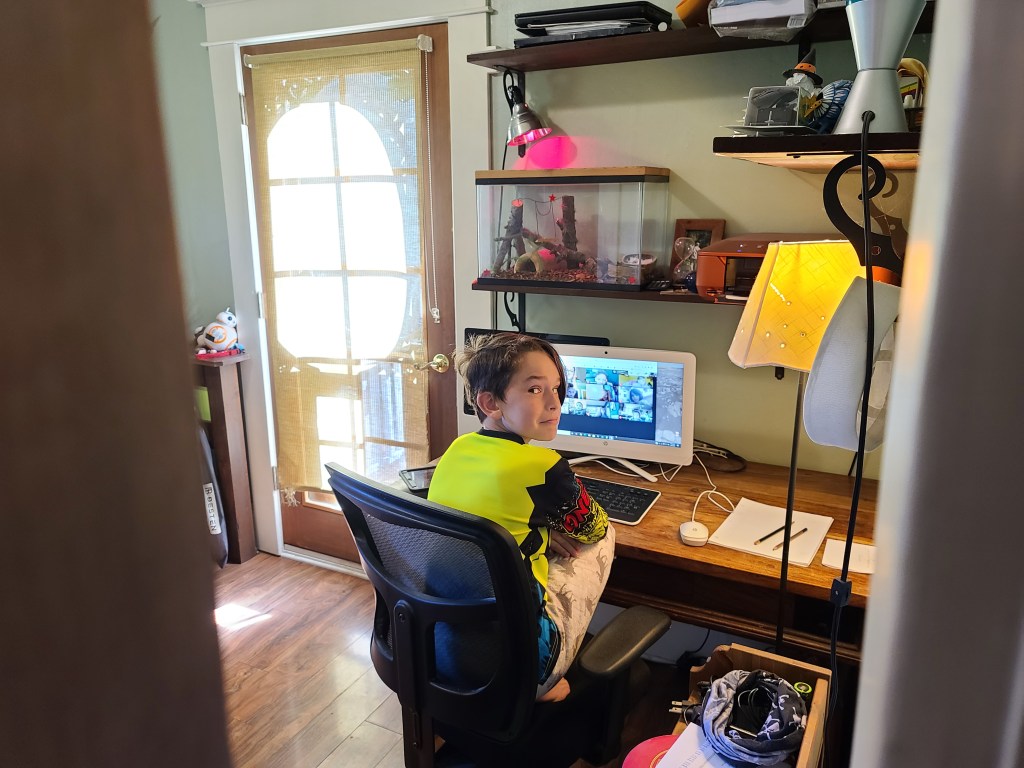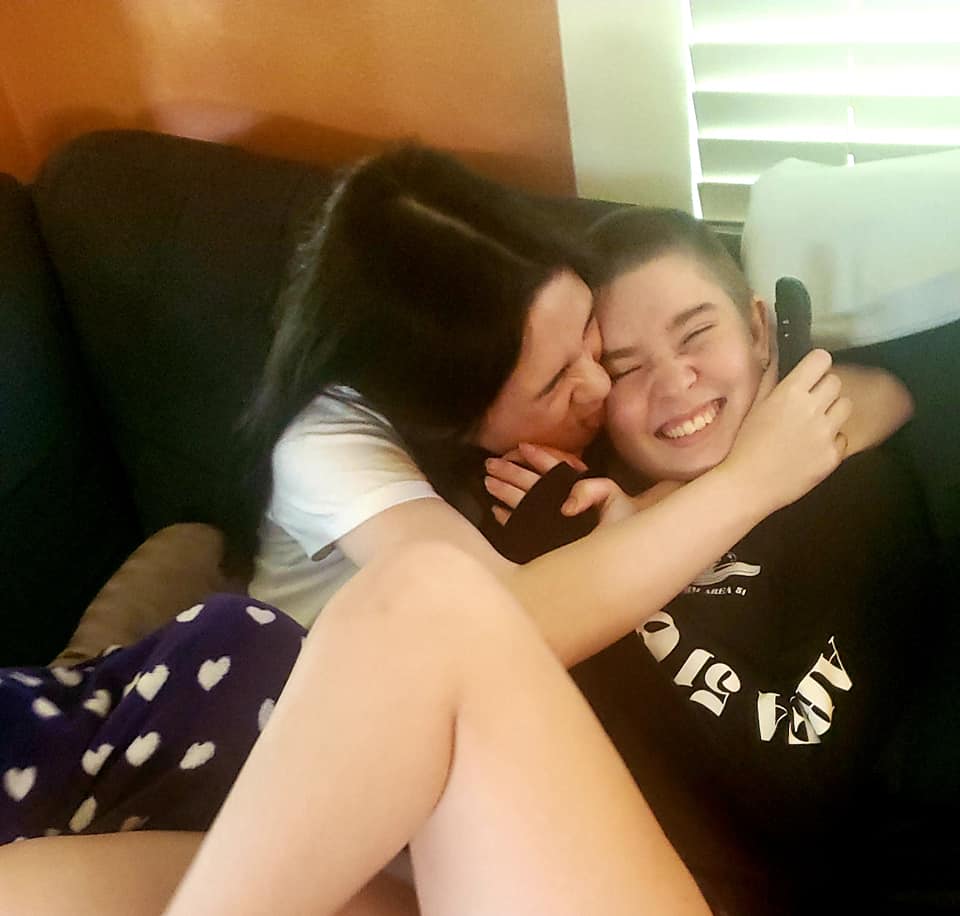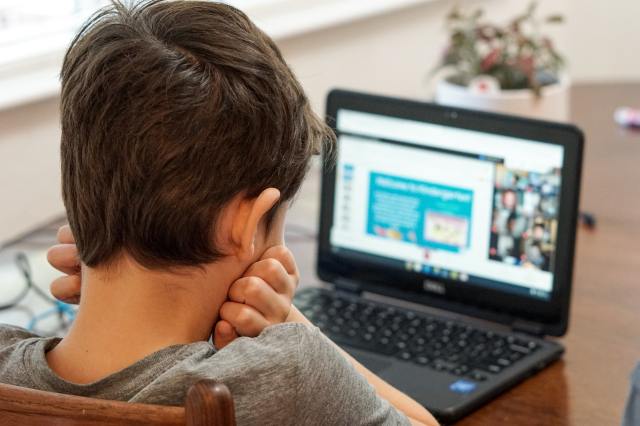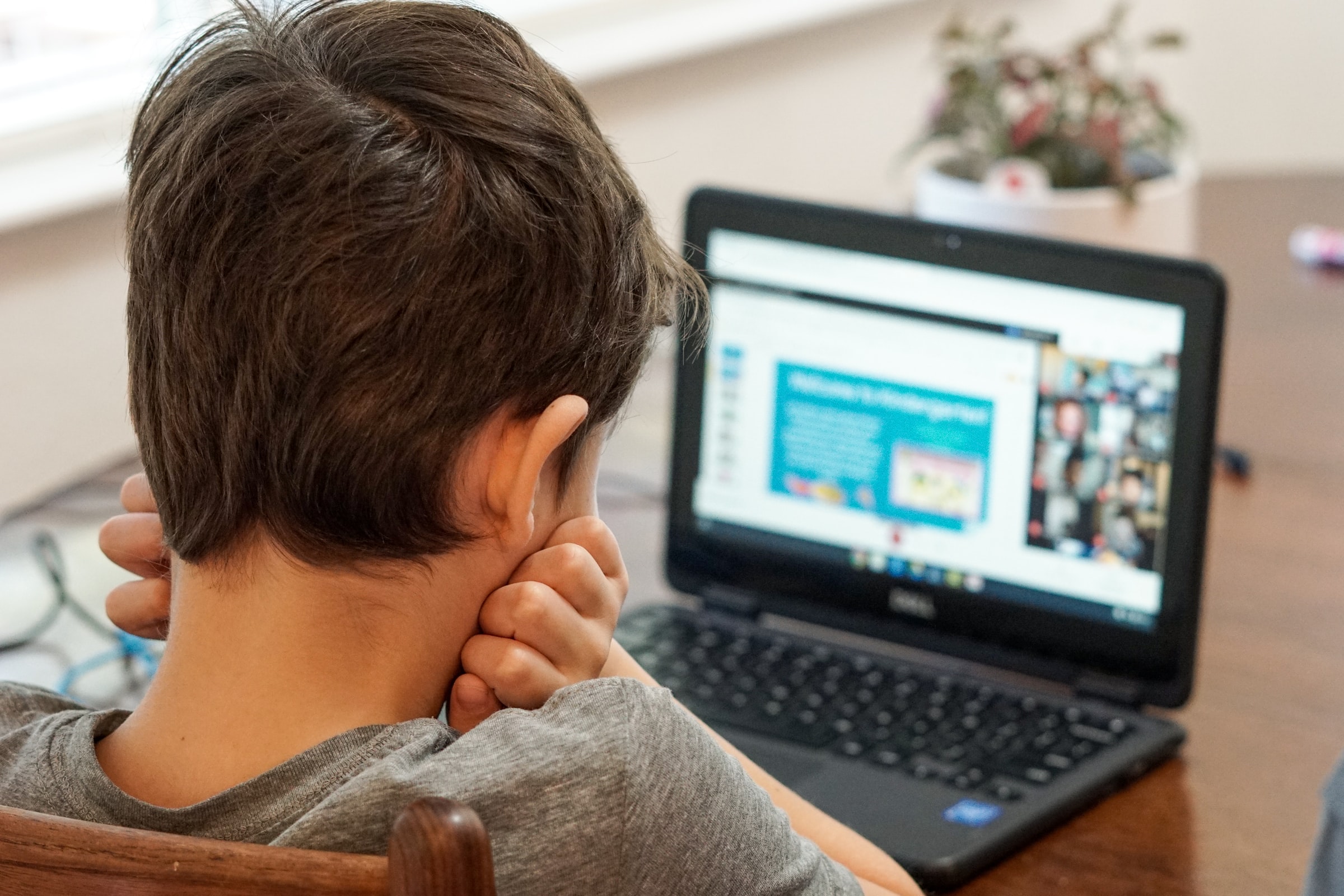Somehow, we’re coming to the end of summer already, and we’ll be back to school before we know it. While the new school year is still going to look a bit different than before, back-to-school supplies are still a must. The coolest supplies always help to get kids ready to leave the summer daze behind, so we’ve searched for some of the best school supplies that you can snag on Amazon right now. Keep reading to see them all.
Save this entire list on Pinterest.
Pastel Tie-Dye The Happy Planner 12-Month Student Planner
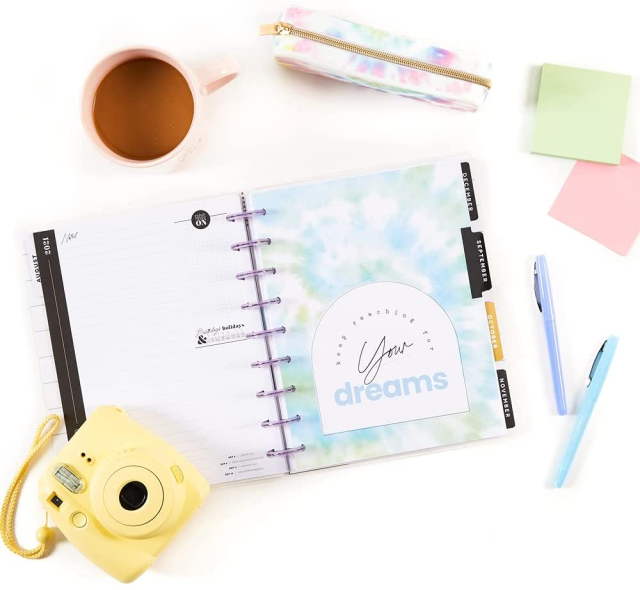
Perfect for middle and high schoolers, The Happy Planner's classic options leave plenty of room for navigating homework, while leaving tons of room for creativity. We love the plethora of cover options and tons of sticker books to make planning fun.
Get it on Happy Planner,
Mood Tracker Planner
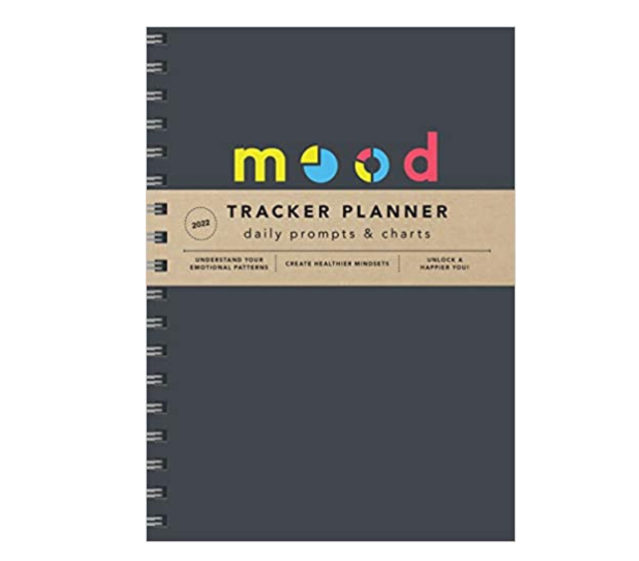
This school year will feel different for many reasons. The Mood Tracker Planner gives kids the space to plan their days and process their feelings in a safe space.
Get it on Calendars.com $14.99.
Crayola Take Note Erasable Highlighters
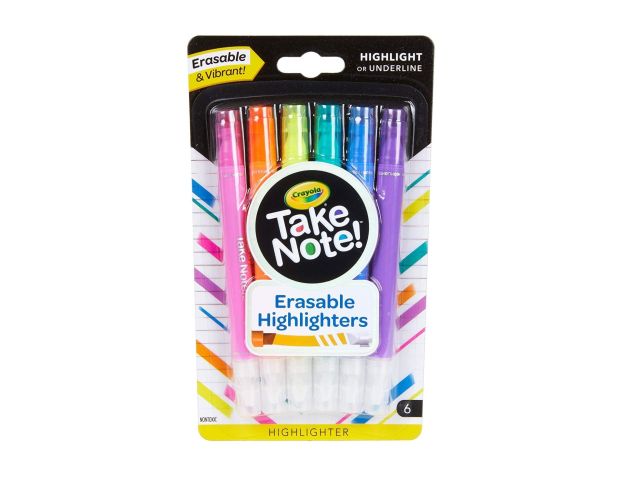
Talk about life-changing, these erasable highlights are going to be the top school supply this year, we know it!
Available on Crayola, $5.99.
Fidget Backpack Charm
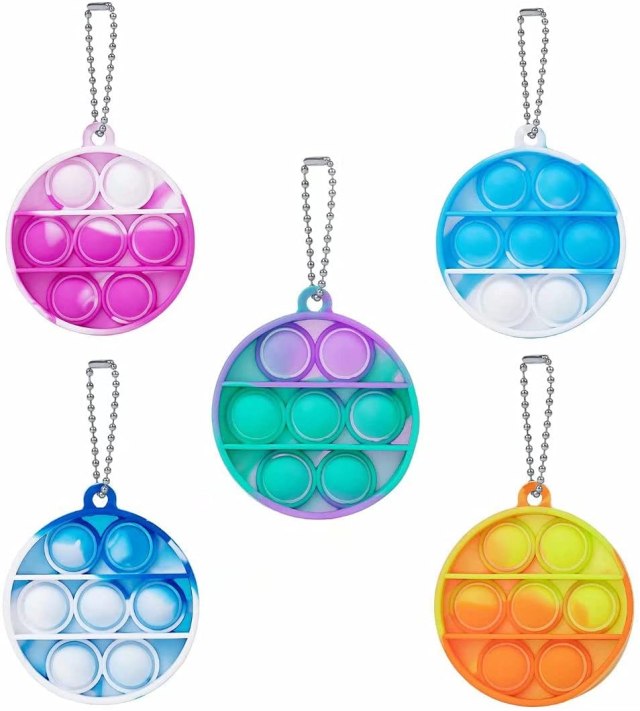
These poppers are all the rage and your little one will love having one on their backpack to fiddle with while they wait for you to pick them up from school.
Available on Shopabunda.com, $14.98 for five.
Smencils Scented Pencils
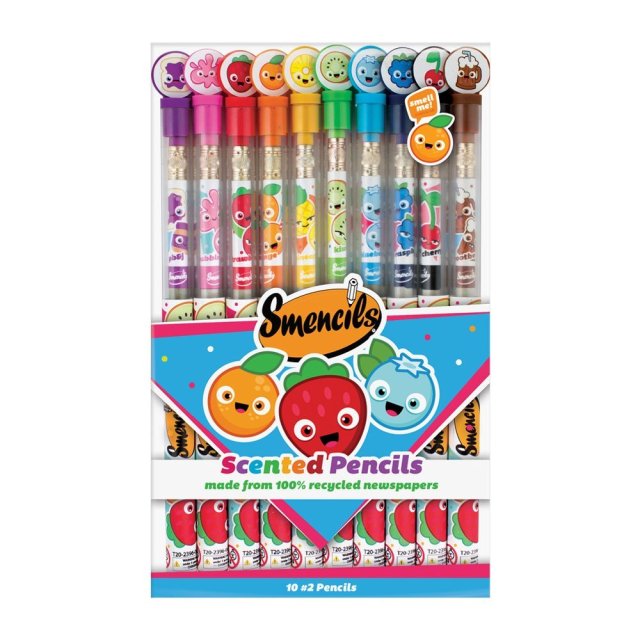
Remember growing up with scratch and sniff stickers? Then you'll appreciate these sweet-smelling pencils. The scents, which include Bubble Gum, Blue Slushie, Pineapple Swirl and Jelly Donut are guaranteed to last two years. These #2 pencils pull double duty. They smell great and they're great for the environment because they're made from 100% recycled newspapers.
Available on Scentcoinc.com, $14.99.
Rocketbook

This smart notebook is just that. It only has 32 pages, but that's all you'll need. Kids can draw and write over and over again on the reusable pages that come in plain, lined and dotted. With the Rocketbook app, your kids' artwork can automatically be saved to the cloud, so you can save some trees and room on your fridge.
Available at Getrocketbook.com, $24.73.
FriXion Erasable Gel Pens
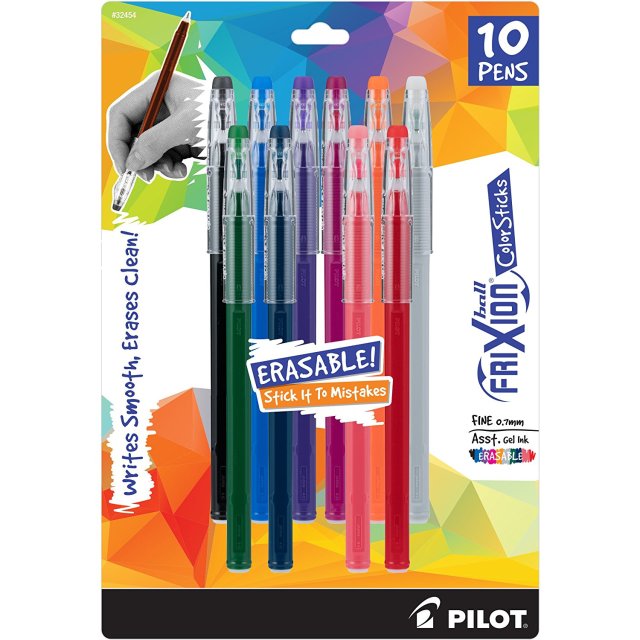
Everything is better in color! Including these gel ink pens. Kids can let their artistic flair flow with no stress. Even if they happen to color outside the lines, no worries, these pens are totally erasable!
Available at amazon.com, $9.83.
Bear Pencil Sharpeners
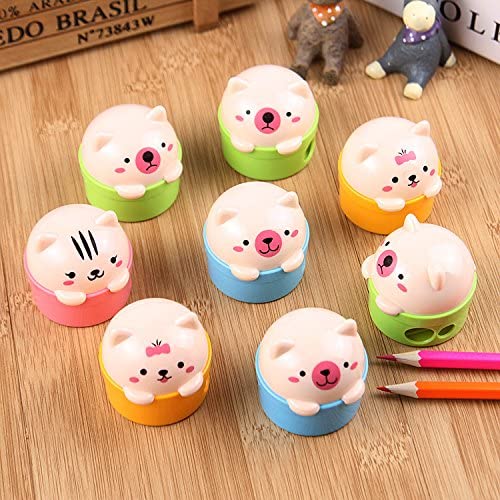
These cute bear-themed sharpeners will help you stay on point and keep your pencils and crayons looking brand new all year long.
Available at amazon.com, $6.99.
Animal Erasers

These awesome erasers will cleanly take away your mistakes. They even go a step further with a roller to clean up your eraser rollings so your masterpiece stays that way.
Available at amazon.com, $6.89.
Pusheen Backpack Charm

A great way to stand out in sea of backpacks? Charms for your backpack are the perfect way to accessorize for school. This adorable Pusheenicorn will make a dose of magic to the school year.
Available at amazon.com, $8.73.
Strawberry Scented Notebook

Taking notes will put you in a good mood with this bright notebook. It doesn't hurt that it oozes a delicious strawberry fragrance.
Available at amazon.com, $8.79.
Zipit Wildlings Pencil Case
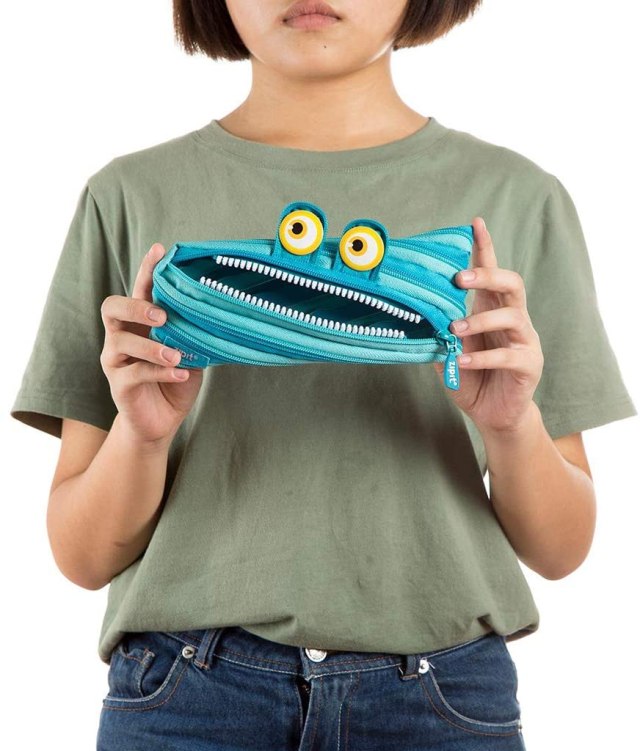
These pencil cases are the cutest monsters you want to carry with you. They can stash up to 30 pencils and keep them zipped up till you need them. It's a practical case with a unique one zipper design with five colors to choose from.
Available at Walmart.com, $7.99.
Fire HD 10 Kids Edition Tablet
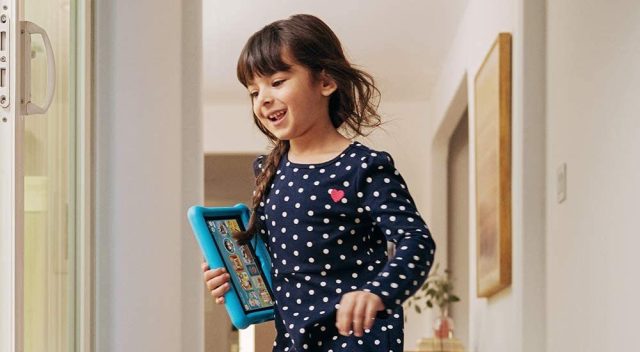
Kids can keep their minds sharp with educational games, apps, TV shows and movies on the Fire HD 10 Kids Edition tablet.
Available at amazon.com, $199.99.
Sensory Fidget Robot Pencil Toppers
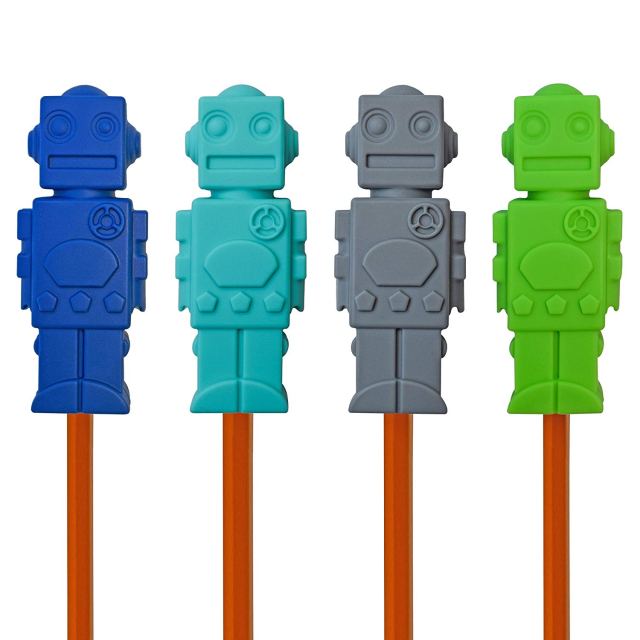
When the busy school schedule kicks in, things can get a little stressful. These rubbery pencil toppers will help ease some of that stress. They help with nail and pencil biting by offering something safe to chew. The toppers are made with 100% safe silicon and are washable. One less thing to stress over already.
Available at Munchables, $13.30.
Glow-In-The-Dark Glue
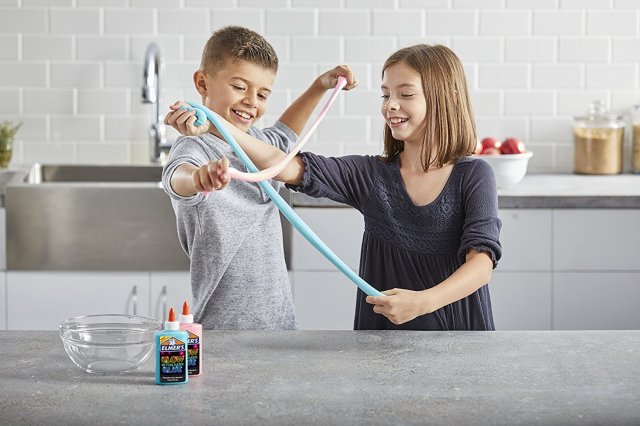
Your kids' love of slime isn't going anywhere any time soon. May as well make it cool with Elmer's Glow-In-The-Dark glue.
Available at Walmart, $13.95.
First Day of School Chalkboard Sign
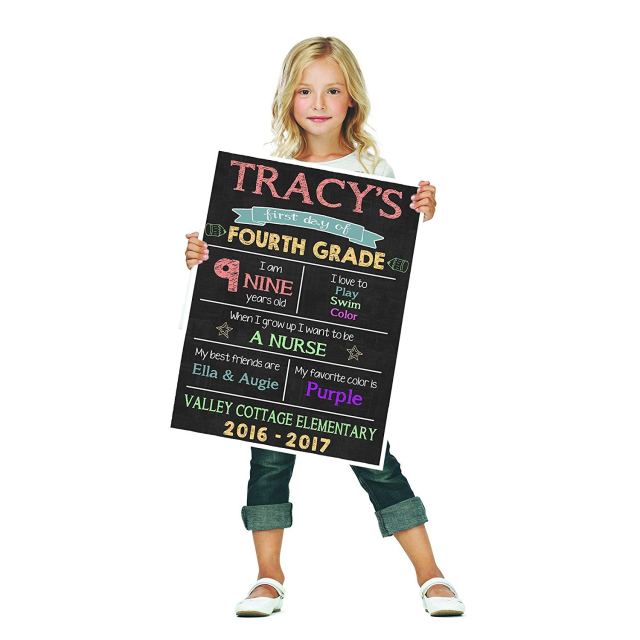
No first day back to school is complete without the perfect photo-op. These made-to-order posters will do the trick for a Pinterest-perfect post.
Available at Paperblast.com $20.
Panda Stapler
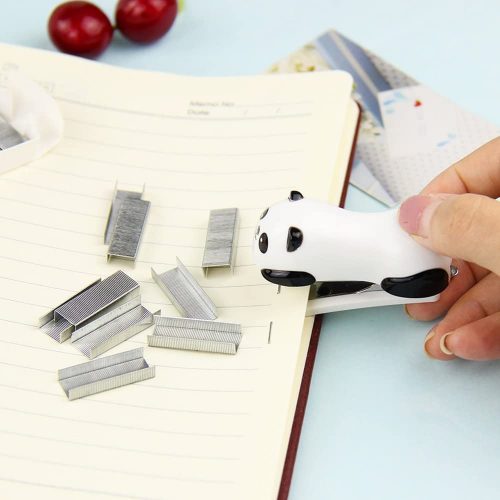
There couldn't be a cuter way for keeping kids' papers together. This mini panda stapler will help keep school work organized - adorably.
Available on amazon.com, $4.99.
—Camesha Gosha
Featured photo: Amazon
RELATED STORIES:
Coolest New Water Toys on Amazon Right Now
10 Mermazing Items on Amazon Right Now
This Awesome Amazon Prime Perk Is One You Might Not Know about—But You’ll LOVE
